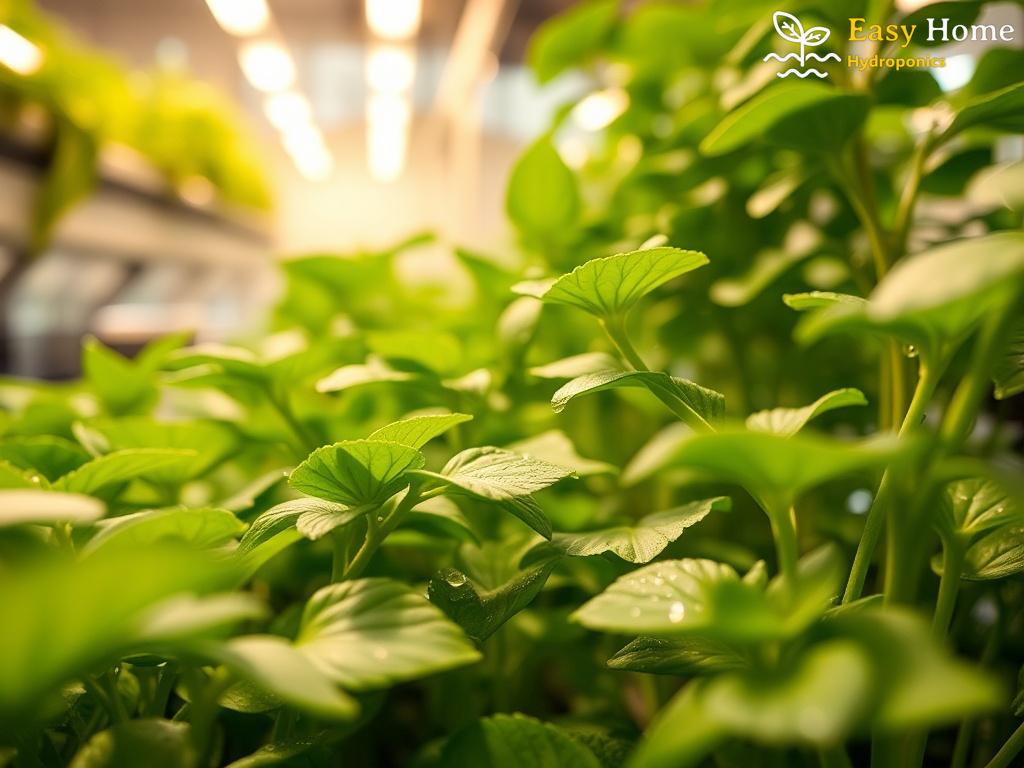The Importance of Pruning in Hydroponic Systems
In the world of hydroponics, maintaining plant health is paramount. One of the most effective and often overlooked methods of ensuring healthy growth is through proper pruning techniques. Pruning not only enhances the overall aesthetics of your plants but also plays a critical role in reducing pest habitats. By strategically trimming your plants, you can create an environment that discourages pest infestations while promoting vigorous growth.
Effective Pruning Techniques to Deter Pests
Implementing the right pruning techniques can significantly diminish the likelihood of pest problems in your hydroponic setup. Below is a list of effective practices that can help in achieving this goal:
- Regular Inspection: Frequent checking for signs of pests or diseases allows for timely intervention.
- Targeted Trimming: Focus on removing dead or diseased leaves and stems that can attract pests.
- Encouraging Airflow: Prune to improve airflow around plants, which reduces humidity and creates an unfavorable environment for pests.
- Shaping Plants: Train plants to grow in a way that minimizes dense foliage, as crowded areas are hotspots for pest habitation.
- Seasonal Pruning: Conduct major pruning during off-peak seasons to reset plant health and deter pests.
Applying these techniques not only helps in reducing pest habitats but also optimizes light penetration and nutrient absorption in hydroponic systems.
Integrating Pruning with Other Pest Management Strategies
While pruning is a powerful tool in controlling pest populations, it should be complemented by other integrated pest management (IPM) strategies. Combining cultural practices, such as crop rotation and sanitation, with pruning can enhance effectiveness. Regularly cleaning your hydroponic system and removing fallen debris can further reduce the likelihood of pest habitats. By taking a holistic approach, you can create a thriving hydroponic environment that minimizes pest issues.




